Seeing images in black and white
I learned photography using black and white film. This was in the days before digital and I'm really grateful that my photographic education went down this path because I learned how to set my exposures manually from the start. I learned how to process film and make prints in a darkroom. I learned the zone system and how this could be used to improve my images. However, the best part about learning photography using black and white film is that it taught me to see images in black and white as I was capturing them.
What are the characteristics that make eye popping black & white photographs?
Texture:
Images with a lot of texture make great candidates for black and white images. If you have an image that has great texture to it, try converting it. This can accentuate the contrast in fine details. To me, images with texture make the best black and white images, particularly when the lighting creates desirable contrast, such as morning or evening light. Texture can also stand out when it is overcast,such as in the leaf detail photo below. Overcast days can be great shooting days for black and white photos. The dogwood photo was shot while it was raining in Sequoia National Park, which ended up being excellent conditions for converting some of my color images to black and white.
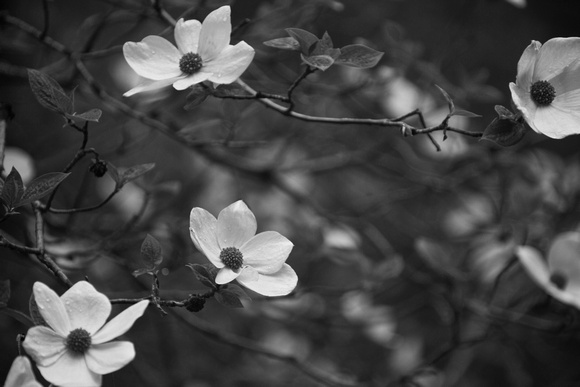

Dogwoods on a rainy day, Sequoia National Park


Autumn leaf detail on a rainy day, Yosemite National Park
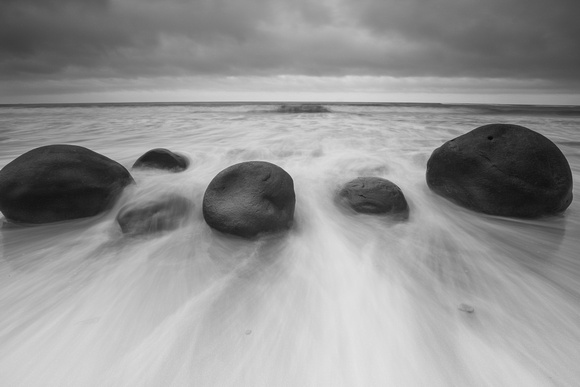

Clearing storm, Point Arena, California
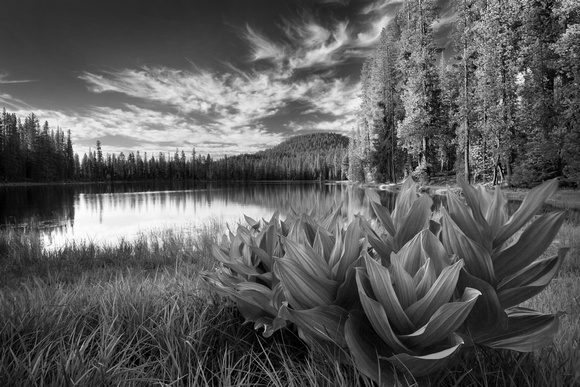

Late afternoon on a bright, sunny day in Lassen National Park
Line:
Using lines in your photos will help direct the viewer’s eye where you want it to go, they can also create depth, and patterns. With black and white images, this becomes even more amplified because there are no colors competing for the viewer's attention.
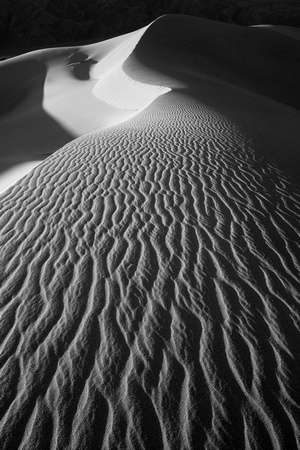

Morning side light on Mesquite Dunes in Death Valley National Park


Morning light on Banyan roots in Kona, Hawaii
Contrast, Shape, and Form:
In black and white photos, composition relies on contrast. Simple, strong lines and shapes will make for dramatic black and white images. Subjects that rely on contrasting colors to make the image pop generally won't benefit from a black and white conversion because the colors will tend to blend with each other rather than complementing each other. Removal of color in a photo means you can't rely on it as a focal point of the image. You have to rely on the shape and form to draw the viewer in. Contrast will help define objects in the scene and make your main subject stand out. Black and white photos will look best when there is a range of blacks, greys, and whites. High contrast light can be extremely effective in monochrome photographs.


Morning light on a bright, sunny day in Alabama Hills
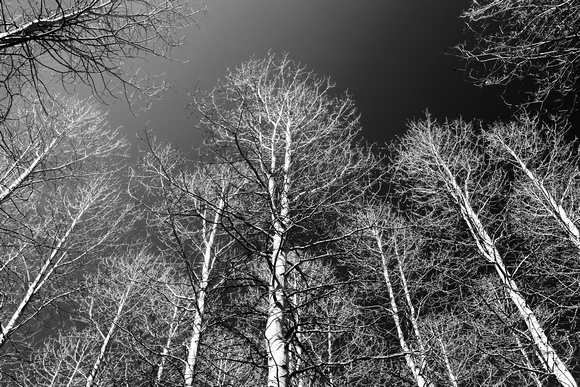

Morning light on a bright, sunny day in Lake Tahoe
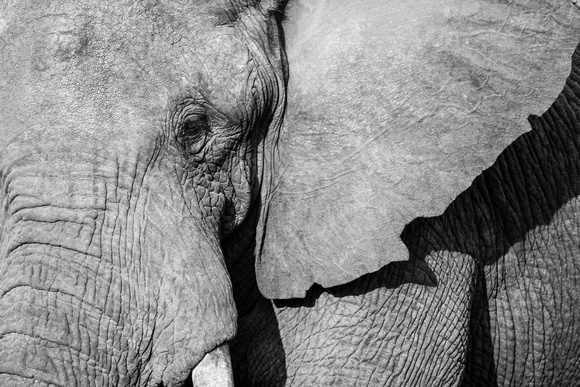

Afternoon light on a bright, sunny day in Tanzania
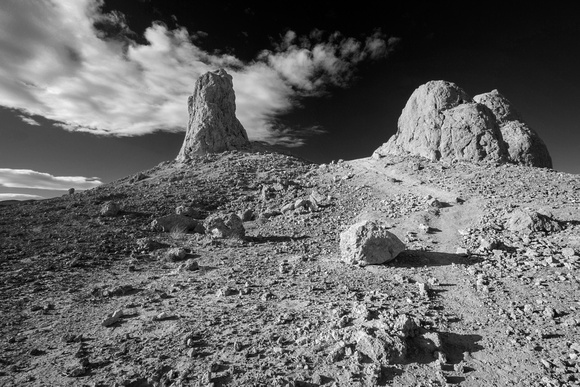

Late afternoon light on a bright, sunny day at the Trona Pinnacles
Shadows:
If photography is all about the light then shadows must be important because light is nothing without shadows, right? Shadows can actually help draw attention to a brighter area of the photo and by placing less important areas of the photo in shadow, allowing these to recede while the brighter areas pop forward.
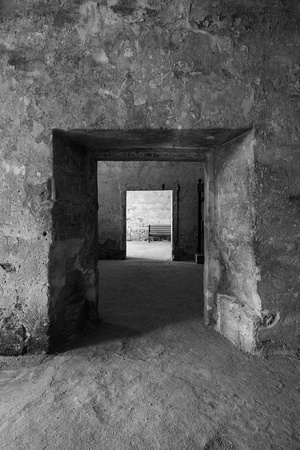

Filtered light in the Castillo de San Marcos National Monument in Florida


Filtered light in the Castillo de San Marcos National Monument in Florida
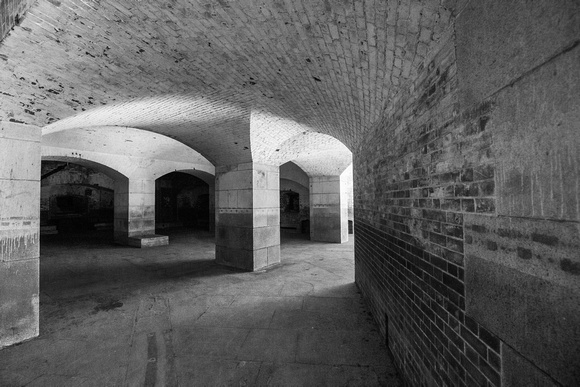

Filtered light in Fort Point State Historic Park, in California


Filtered light in Fort Point State Historic Park, in California
Pattern:
Patterns are great for black and white images because of their ordered repetition. Removing the color helps draw more attention to patterns that might otherwise be overlooked in a color image.
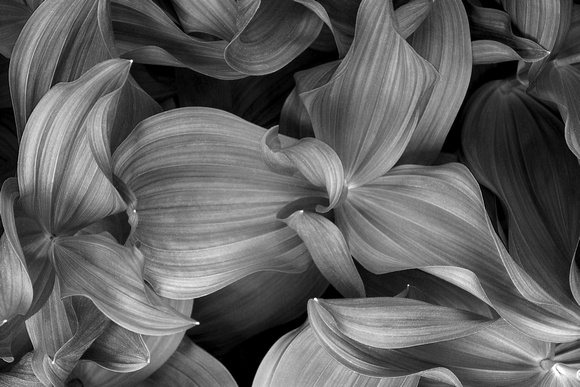

Overcast light (created with scrim) on a bright sunny day in Lassen National Park
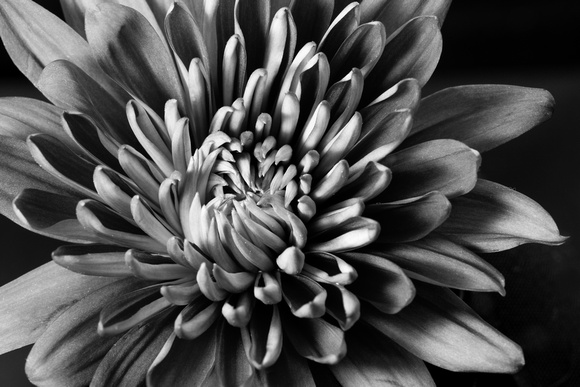

Strong side light (created with flash) in studio
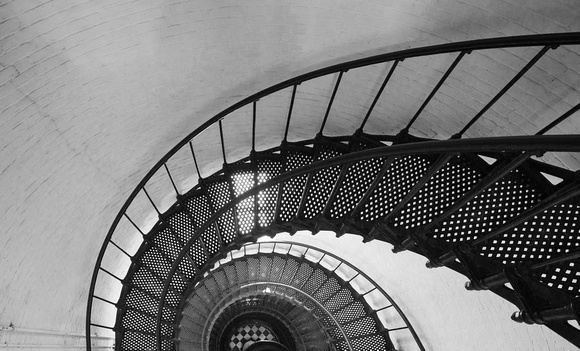

Filtered light in St Augustine Lighthouse, in Florida
I have been shooting digitally for years now and my darkroom has been replaced with Lightroom and Photoshop. While I don't necessarily miss the chemicals, I do think the act of shooting with black and white film was a great exercise for seeing images in black and white before I got them in the darkoom. As was writing this, I thought it would be fun to give myself an assignment, to shoot only in black and white, either for a specific period of time or at a specific location. I'll do that in the coming months and post my homework here.